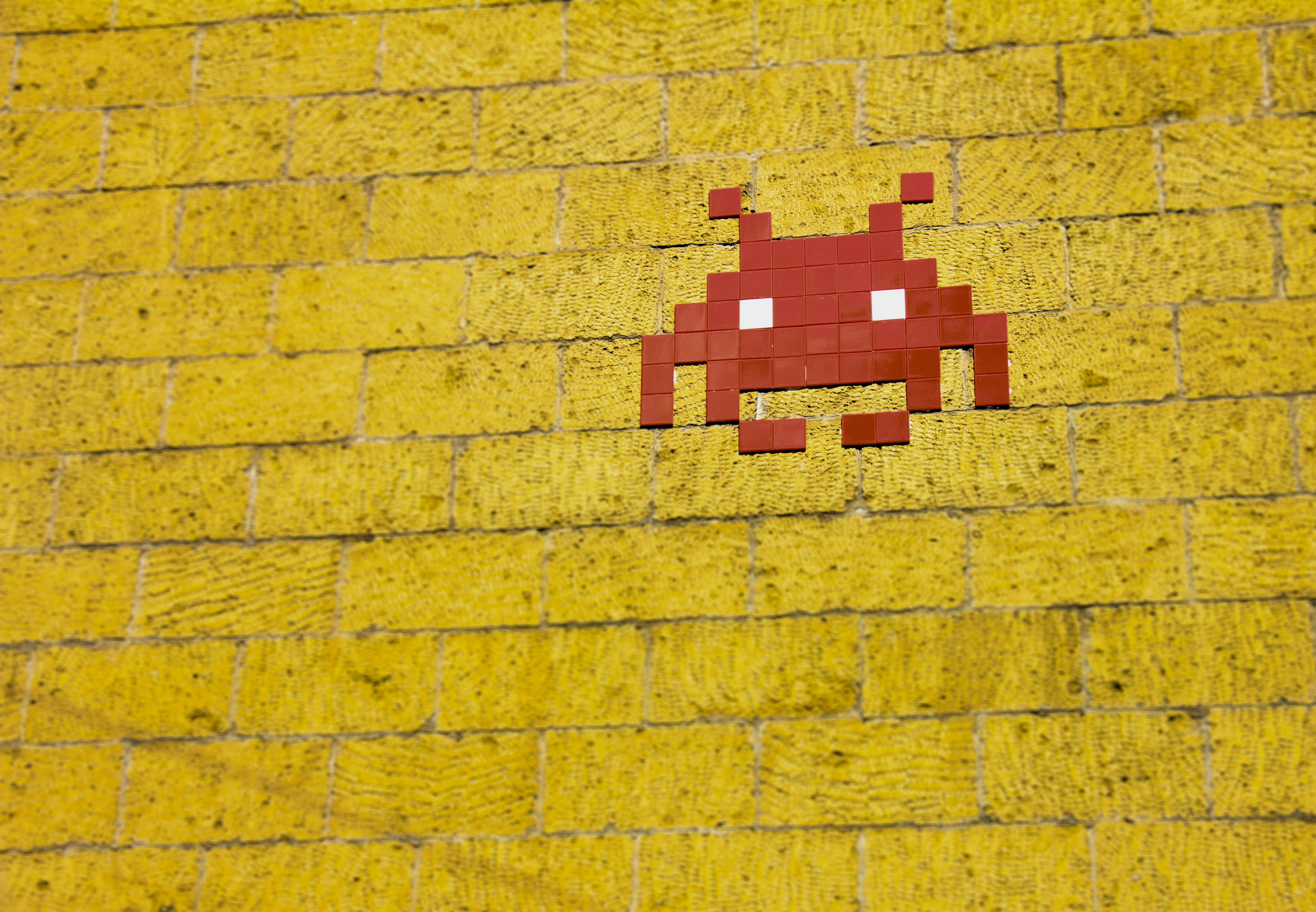Repurposing Retro: The Resurgence of Pixel Art in Modern Gaming
Introduction: Despite the advent of photorealistic graphics and cutting-edge technology, pixel art, a relic from the gaming industry's early days, is making a surprising comeback. This article delves into the resurgence of this retro aesthetic and explores why modern gamers are embracing it.

A Pixelated Past: The Origins of Pixel Art
The gaming industry’s humble beginnings in the late 1970s and early 1980s were marked by a distinctive visual style: pixel art. Born out of necessity due to the limited graphical capabilities of early gaming consoles, developers had to meticulously design each pixel to create recognizable characters and environments. Classics such as Pac-Man, Super Mario Bros, and The Legend of Zelda are prime examples of this pixelated aesthetic that dominated the 8-bit and 16-bit eras of gaming.
From Obsolete to Art: The Evolution of Pixel Art
As technology advanced, so did the graphical capabilities of video games. With the transition to 3D graphics in the late 1990s, pixel art was largely abandoned in favor of more realistic visuals. However, the mid-2000s saw a surprising resurgence of this seemingly obsolete aesthetic. Independent developers, often working with limited budgets, began to adopt pixel art not out of necessity, but choice. Games like Cave Story and Superbrothers: Sword & Sworcery EP utilized pixel art to great effect, creating unique visual experiences that stood out from the crowd.
The Modern Pixel Renaissance: Why Gamers Are Embracing Pixel Art
Today, pixel art continues to enjoy popularity among both developers and players. Its appeal lies in its simplicity, nostalgia, and artistic value. It harkens back to the early days of gaming, evoking a sense of nostalgia in older players while offering a unique visual style to younger ones. Games such as Shovel Knight and Hyper Light Drifter have proven that pixel art is far from dead, and in fact, can be a selling point for modern games.
Pixel Art in Esports and Competitive Gaming
Interestingly, pixel art has also found a place in the competitive gaming scene. Games like TowerFall Ascension and Celeste, both renowned for their pixel graphics, have garnered significant interest in the esports community. Their tight controls, complex gameplay, and visually striking pixel art make for exciting competitive play and spectatorship.
The Future of Pixel Art in Gaming
While the gaming industry continues to push the boundaries of graphical fidelity, it’s clear that pixel art has secured its place within the medium. As long as there are developers willing to explore this artistic style and gamers ready to appreciate it, the pixel art renaissance shows no signs of slowing down. The resurgence of pixel art serves as a reminder that sometimes, in the realm of gaming, looking back can be just as exciting as moving forward.




